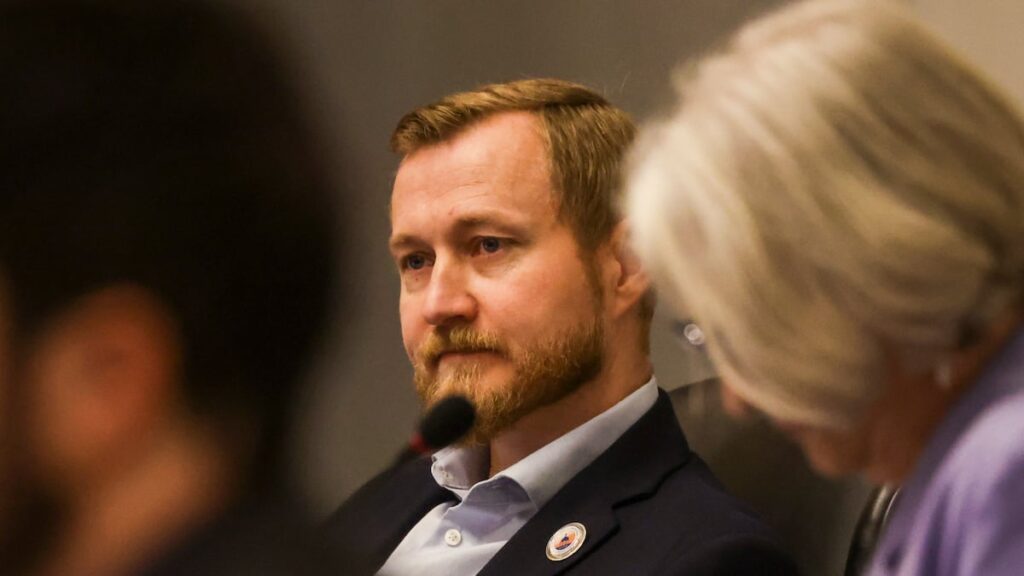Improving Public Transit in Hillsborough County: Challenges and Solutions
The Commute of Adria Curioso: A Real-Life Example
Every day at 5:30 a.m., Adria Curioso embarks on a lengthy journey from her apartment near Fowler Avenue and 22nd Street to her workplace as a paraprofessional at Carrollwood K-8 School. Her commute, which takes up to 90 minutes each way by bus, highlights the challenges faced by many public transit users in Hillsborough County. In contrast, a car ride would take less than 15 minutes.
Curioso explains, “Certain things I haven’t been able to do in my life because of public transit restrictions. I have to plan for the possibility that if I get this job, can I even make it there in a reasonable timeline?”
Challenges Faced by Hillsborough County Transit Users
The Hillsborough Area Regional Transit Authority (HART) struggles to provide a reliable service due to budget constraints. Riders often face wait times between 30 minutes to an hour, making it impractical for those with work commitments.
- Dwindling Budgets: Since 2017, funding for HART has decreased, leading to reductions in routes and a significant decline in riders—from 50,000 weekday boardings in 2017 to less than 35,000 now.
- Comparative Underfunding: HART spends only $74 per resident on transit, compared to Pinellas County‘s $124 per resident. This funding gap severely restricts service quality and availability, especially when compared to cities like Austin and Denver, which spend much more per capita.
Funding Solutions: A Trade-off?
Hillsborough County is looking for innovative ways to improve transit funding while navigating political resistance. One proposal from Commissioner Josh Wostal suggests that Tampa could implement its own sales tax to fund public transit. Here are the details:
- Potential Savings: This could potentially save the average homeowner nearly $200 annually.
- Targeted Funding: The plan could direct more resources to urban transit, improving service in areas like Tampa but potentially cutting services for residents in rural parts of Hillsborough County.
Community Impact and Reactions
While some city residents welcome the idea of a sales tax to enhance public transportation, there are concerns about its implications for the broader community:
- Wostal’s Vision: "It’s not even about cuts,” he insists. “It’s about reorganizing." However, critics warn that focusing too heavily on Tampa could neglect the needs of rapidly growing areas in South Hillsborough, like Gibsonton.
Addressing the Funding Gap
Current transit funding relies heavily on property taxes, which have not increased significantly since 2012. A comparison shows:
- Pinellas County: Implements a tax generating approximately $70 million from transit taxes.
- Hillsborough County: Generates almost the same, despite serving 500,000 more residents.
To restore previously cut routes and enhance service, local leaders suggest:
- Increasing the Transit Property Tax: A modest increase could improve service frequency on popular routes.
- Maintaining a Smaller Property Tax: This could still allow for critical services without placing the entire burden on urban regions.
What’s Next for Hillsborough County Transit?
For Wostal’s sales tax proposal to succeed, significant changes in Florida’s state law are required. This involves a lengthy legislative process, and gaining approval may hinge on political negotiations.
As Wostal and other leaders forge ahead with discussions:
- Community Engagement: Residents will need to voice their opinions and advocate for the future of public transit in Hillsborough County.
- Support from Local Officials: Encouraging comments from county commissioners and council members indicate a willingness to explore new funding methods, but widespread consensus remains crucial.
Conclusion: The Future of Public Transit in Hillsborough County
The tale of riders like Adria Curioso serves as a stark reminder of the urgent need for improved public transportation in Hillsborough County. Addressing funding inadequacies and balancing the needs of urban and rural riders will be essential steps in ensuring that public transit becomes a reliable option for all.
By staying informed and involved, community members can help shape a transportation system that meets the needs of today and the challenges of tomorrow.
For more detailed information regarding public transit funding and its implications, visit Florida Department of Transportation or check out local news sources reporting on transit initiatives in your area.


